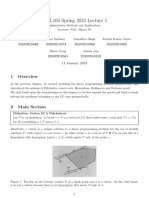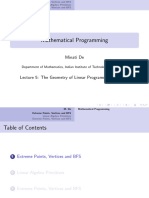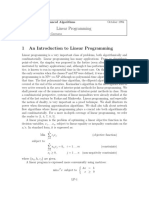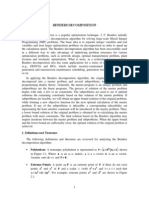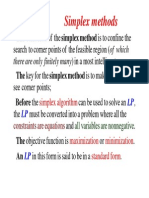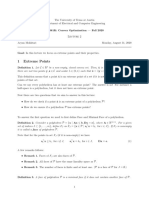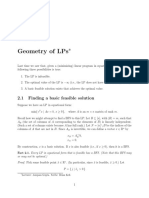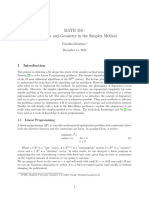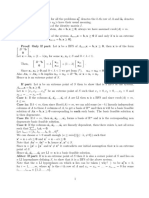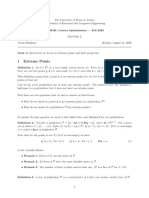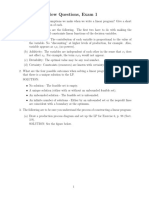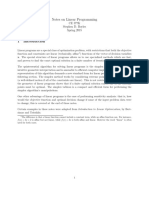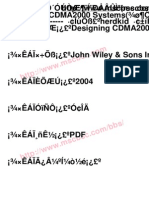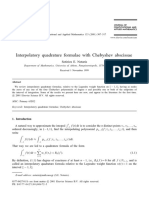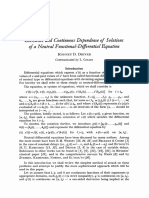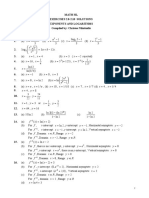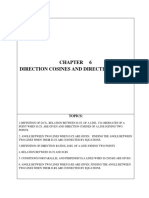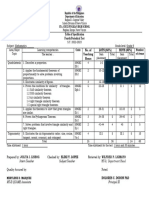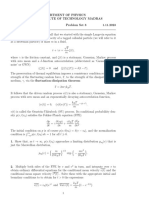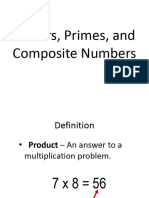0% found this document useful (0 votes)
85 views2 pagesPolyhedron Corner Points Explained
The document defines and compares three concepts related to the "corner points" of a polyhedron:
1) Extreme points - vectors that cannot be written as a convex combination of other vectors in the polyhedron.
2) Vertices - vectors for which there exists a hyperplane such that the vector is the only point on or above the hyperplane within the polyhedron.
3) Basic feasible solutions - vectors for which there are n linearly independent active constraints determining the vector within the polyhedron.
The document proves that these three concepts are equivalent, so they all characterize the "corner points" of a polyhedron, but from different geometric or algebraic perspectives.
Uploaded by
ወንድሙ ዘገዬCopyright
© Attribution Non-Commercial (BY-NC)
We take content rights seriously. If you suspect this is your content, claim it here.
Available Formats
Download as PDF, TXT or read online on Scribd
0% found this document useful (0 votes)
85 views2 pagesPolyhedron Corner Points Explained
The document defines and compares three concepts related to the "corner points" of a polyhedron:
1) Extreme points - vectors that cannot be written as a convex combination of other vectors in the polyhedron.
2) Vertices - vectors for which there exists a hyperplane such that the vector is the only point on or above the hyperplane within the polyhedron.
3) Basic feasible solutions - vectors for which there are n linearly independent active constraints determining the vector within the polyhedron.
The document proves that these three concepts are equivalent, so they all characterize the "corner points" of a polyhedron, but from different geometric or algebraic perspectives.
Uploaded by
ወንድሙ ዘገዬCopyright
© Attribution Non-Commercial (BY-NC)
We take content rights seriously. If you suspect this is your content, claim it here.
Available Formats
Download as PDF, TXT or read online on Scribd
/ 2
